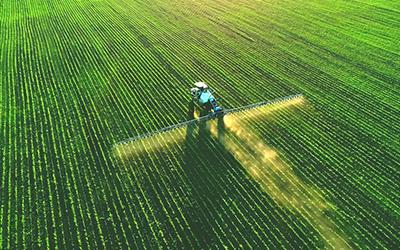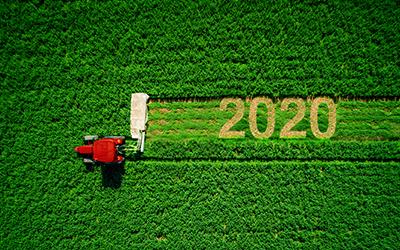
Global food demand & supply, before & after COVID-19
News Room Global food demand & supply, before & after COVID-19 As the novel Coronavirus rapidly spread across six continents, it resulted in several socioeconomic
Climate change poses a threat to food producers, manufacturers, processors, and consumers. With dwindling resources subject to dire stress and the uncontrolled population boom on the side, climate change puts food supply and security at grave risk. The resultant food scarcity could bring about several social, economic, and political shifts across the globe.
Here we will observe the trends so far, the relation between the two across multiple factors, and predict what we can expect in the years to come.
Climate change is a culmination of various anthropomorphic activities taking place over a span of decades. To support this fact, the IPCC (Intergovernmental Panel on Climate Change) in its Fifth Assessment Report (2013) stated that it is 95% probable that human activities in the last five decades have warmed the planet.
Here’s what we have seen so far:
As stated previously, climate change is not an isolated event and shall have social, political, and economic ramifications across industries. Climate change, be it in the form of extreme weather conditions or rising sea levels, will impact human health, critical infrastructure, and overall productivity.
Industries most vulnerable to climate change include:
Amongst the various industries affected by climate change, disruptions in agriculture and food supply are of primary concern. In the current scenario, climate change is impacting food production in the following ways:
Nearly 80% of farmers rely on rain to irrigate their crops – a methodology that is highly erratic. An increase in surface temperature can also cause heavy precipitation, which will result in flash floods, water clogging, and tropical storms, causing crop failure. Similarly, natural calamities, such as storms, hurricanes, droughts, landslides, etc., are notorious for destroying farm holdings and standing crops or causing widespread erosion.
Such weather extremities and uncertainty in localized or large geographic regions are wreaking havoc in food production.
Apart from rainfed holdings, farms also depend on groundwater as a water source. However, groundwater is a non-renewable source considering that aquifers are draining at a rate faster than they are refilling.
Hence, global crop-producing regions, such as India, Pakistan, northeastern China, Iran, Iraq, and even the great plains of the US, that depend on groundwater, are experiencing severe water scarcity. As a result, the production of crops like rice, which have been a staple, is under immense strain.
An increase in global temperatures and higher CO2 concentration may make it favorable to produce certain crops, like potatoes, over others. Hence, it may become virtually impossible for farmers to raise other traditional or indigenous crops in such conditions. To replicate ideal cropping climates for such plants, farmers may have to shift to higher altitudes – a move that puts them in low fertility areas, which will pose additional problems.
Similarly, weather and climate uncertainty will also give rise to shifting cropping seasons, with longer growing seasons that also increase vulnerability to disease and pests. Therefore, there may be a predominance of certain crops over others as cropping patterns and seasons get thrown off schedule.
It has been established so far that climate change affects weather conditions and their corresponding intensity. Scientists have been successful in linking climate change to natural calamities such as hurricanes, droughts, forest fires, heatwaves, and more. These calamities not only impact food production but also introduces bottlenecks in the food supply chain.
The global climate change situation has put the fertilizer industry in a paradoxical situation. Fertilizer production is a significant contributor to greenhouse gases in the atmosphere and at the same time, it also the most reliable remediation for offsetting crop failure and ensuring food security. Moreover, nutrient-rich soil improved through inputs can hold larger carbon reserves over nutritionally stripped soil.
Hence, it can be established that the emissions by the industry are marginal in comparison to the stimulus in farm outputs. As such, sustainable or eco-friendly manufacturing of fertilizer could indeed introduce food security despite the increasing threat of climate change.
Climate change calls for a multi-disciplinary, pan-industrial, and inter-governmental approach to address the issue. At this stage, the world needs to rise above petty politics and personal greed to come together as one. Every individual can contribute to averting and mitigating the effects of climate change on food production and supply. Thus, the power to bring a positive change lies with us.

News Room Global food demand & supply, before & after COVID-19 As the novel Coronavirus rapidly spread across six continents, it resulted in several socioeconomic

News Room An Overview of Why Fertilizer is Important for Modern-Day Farming China’s average crop production has increased by six times in the last four

News Room Farming, beyond 2020 If farming intends to feed the global population, it would have to achieve the rate of growth as delivered by